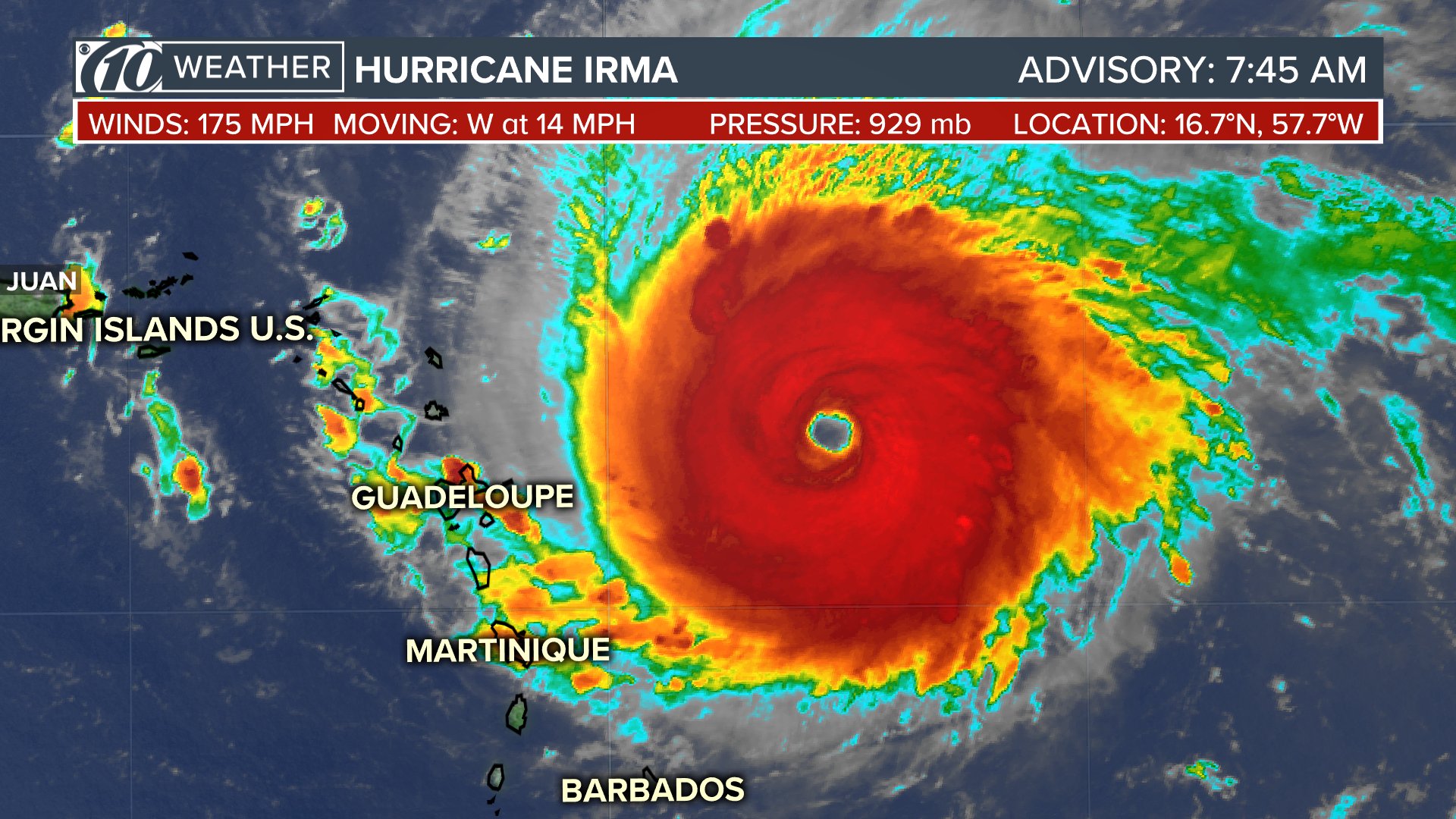National Hurricane Center’s Mission and Services

The National Hurricane Center (NHC) is a specialized unit of the National Weather Service (NWS) within the National Oceanic and Atmospheric Administration (NOAA). The NHC’s primary mission is to provide timely and accurate information about tropical cyclones, including hurricanes, in the Atlantic and eastern Pacific Ocean basins.
The National Hurricane Center keeps a watchful eye on the progress of tropical storms and hurricanes, using sophisticated computer models to predict their paths. One of the most popular tools they use is the spaghetti model, which shows a range of possible tracks for a storm.
For example, the beryl spaghetti models showed a wide range of possible paths for Hurricane Beryl, giving forecasters a better idea of where the storm might go.
The NHC’s responsibilities include:
- Monitoring tropical cyclones in the Atlantic and eastern Pacific Ocean basins
- Predicting the intensity, track, and landfall of tropical cyclones
- Issuing hurricane advisories and warnings to the public and emergency managers
- Coordinating with other agencies and organizations during hurricane events
NHC’s Role in Monitoring, Predicting, and Issuing Hurricane Advisories
The NHC monitors tropical cyclones using a variety of data sources, including satellite imagery, radar data, and surface observations. The NHC’s forecasters use this data to predict the intensity, track, and landfall of tropical cyclones. The NHC issues hurricane advisories and warnings to the public and emergency managers to help them prepare for and respond to tropical cyclones.
NHC’s Coordination with Other Agencies and Organizations
The NHC coordinates with a variety of other agencies and organizations during hurricane events, including the Federal Emergency Management Agency (FEMA), the National Guard, and local emergency management agencies. This coordination helps to ensure that the public and emergency managers have the information they need to prepare for and respond to tropical cyclones.
Hurricane Forecasting and Tracking: National Hurricane Center

The National Hurricane Center (NHC) is responsible for forecasting and tracking hurricanes in the Atlantic and eastern Pacific Oceans. The NHC’s forecasting process begins with the identification of potential tropical cyclones. Once a potential tropical cyclone has been identified, the NHC will issue a tropical weather outlook. If the tropical weather outlook indicates that a tropical cyclone is likely to develop, the NHC will issue a tropical storm watch or hurricane watch.
Once a tropical storm or hurricane has formed, the NHC will issue tropical storm advisories or hurricane advisories. These advisories provide information on the storm’s location, intensity, and movement. The NHC will also issue special weather statements to provide additional information on the storm’s potential impacts.
Types of Hurricane Advisories, National hurricane center
- Tropical Weather Outlook: Issued when conditions are favorable for the development of a tropical cyclone.
- Tropical Storm Watch: Issued when a tropical storm is likely to develop within 48 hours.
- Tropical Storm Warning: Issued when a tropical storm is expected to make landfall within 36 hours.
- Hurricane Watch: Issued when a hurricane is likely to develop within 48 hours.
- Hurricane Warning: Issued when a hurricane is expected to make landfall within 36 hours.
Accuracy and Limitations of Hurricane Forecasting Models
Hurricane forecasting models are computer programs that use data from weather stations, satellites, and other sources to predict the track and intensity of hurricanes. While hurricane forecasting models have improved significantly in recent years, they are still not perfect. The accuracy of hurricane forecasting models depends on a number of factors, including the availability of data, the quality of the data, and the complexity of the model.
One of the biggest challenges in hurricane forecasting is predicting the track of a hurricane. Hurricanes can change direction suddenly, and it is often difficult to predict which way they will turn. The accuracy of hurricane track forecasts has improved in recent years, but there is still room for improvement.
Another challenge in hurricane forecasting is predicting the intensity of a hurricane. Hurricanes can intensify rapidly, and it is often difficult to predict how strong they will become. The accuracy of hurricane intensity forecasts has also improved in recent years, but there is still room for improvement.
Hurricane Preparedness and Safety

The National Hurricane Center (NHC) plays a vital role in promoting hurricane preparedness and safety through its educational programs and outreach efforts. These initiatives aim to educate the public about hurricane risks, provide guidance on how to prepare for and respond to hurricanes, and foster a culture of preparedness in coastal communities.
Educational Programs and Outreach Efforts
The NHC offers a range of educational programs and resources designed to enhance public understanding of hurricanes and their potential impacts. These programs include:
- Public service announcements (PSAs) and social media campaigns that disseminate hurricane safety messages and promote preparedness measures.
- Educational materials, such as brochures, fact sheets, and online resources, that provide detailed information about hurricane hazards, forecasting, and safety guidelines.
li>Training and workshops for emergency managers, first responders, and community leaders on hurricane preparedness and response.
The National Hurricane Center is the primary source for hurricane forecasts and warnings for the United States. It provides information on hurricane beryl forecast , tropical storms, and other tropical weather events. The NHC also issues watches and warnings for tropical cyclones that may affect the United States.
The NHC is a part of the National Weather Service, which is a part of the National Oceanic and Atmospheric Administration.